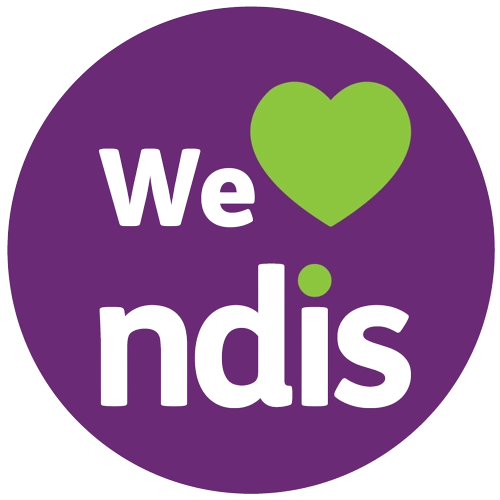What We Do
What is Child Centered Play Therapy?
Child-Centered Play Therapy (CCPT) is an approach to counselling and psychotherapy specifically designed for children. This therapeutic method recognizes the unique developmental needs of children and uses play as a medium for expression and communication.
‘Play is the child’s talk, and the toys are their words.’
Here are key components and principles of Child-Centered Play Therapy:





CCPT is non-directive, meaning that the therapist does not lead the play or direct the child's actions. Instead, the child is encouraged to take the lead in the play sessions, expressing themselves in a way that feels comfortable and natural.
The therapist creates a safe and supportive therapeutic relationship with the child. Trust is crucial, as it allows the child to feel secure in expressing thoughts and emotions through play.
Children communicate and process emotions through play. In CCPT, the therapist provides a variety of toys and materials, allowing the child to choose what to play with and how to engage in the play. This unstructured play helps the child explore and express their feelings in a way that may be challenging to do through verbal communication alone.
Play is seen as the natural language of children. Through various play activities, children can express and explore their emotions, thoughts, and experiences. The therapist observes and interprets the child's play to gain insights into their internal world.
The therapist accepts the child unconditionally and demonstrates empathy. This creates a non-judgmental space where the child feels free to express themselves without fear of criticism.
While the play is child-directed, the therapist may set limits to ensure safety and maintain the therapeutic boundaries. This helps the child understand acceptable behaviors within the therapeutic setting.
While play is the primary mode of communication, therapists trained in CCPT may also integrate verbal communication when appropriate. This can involve reflecting on the child's play or engaging in brief conversations as needed.





